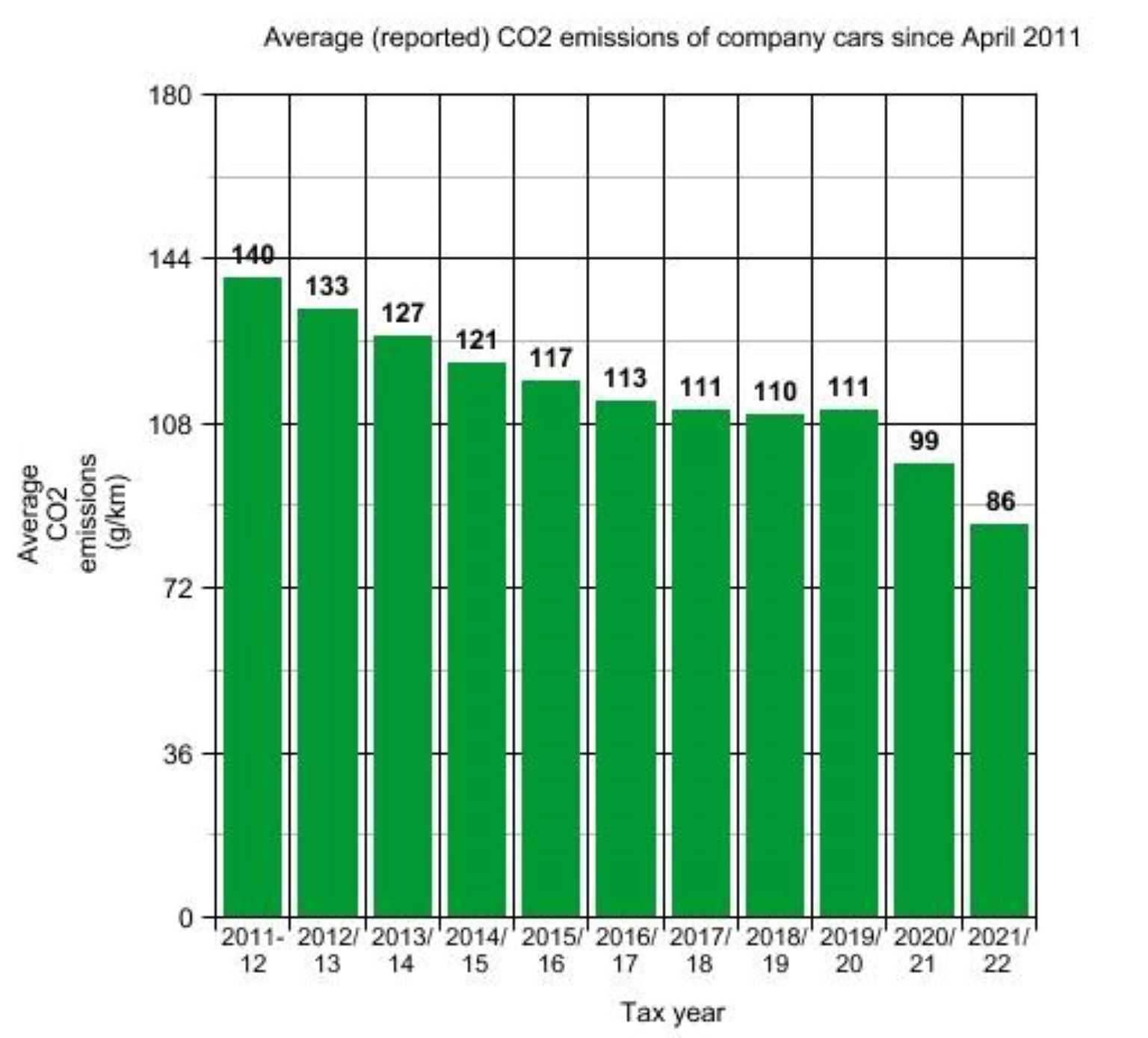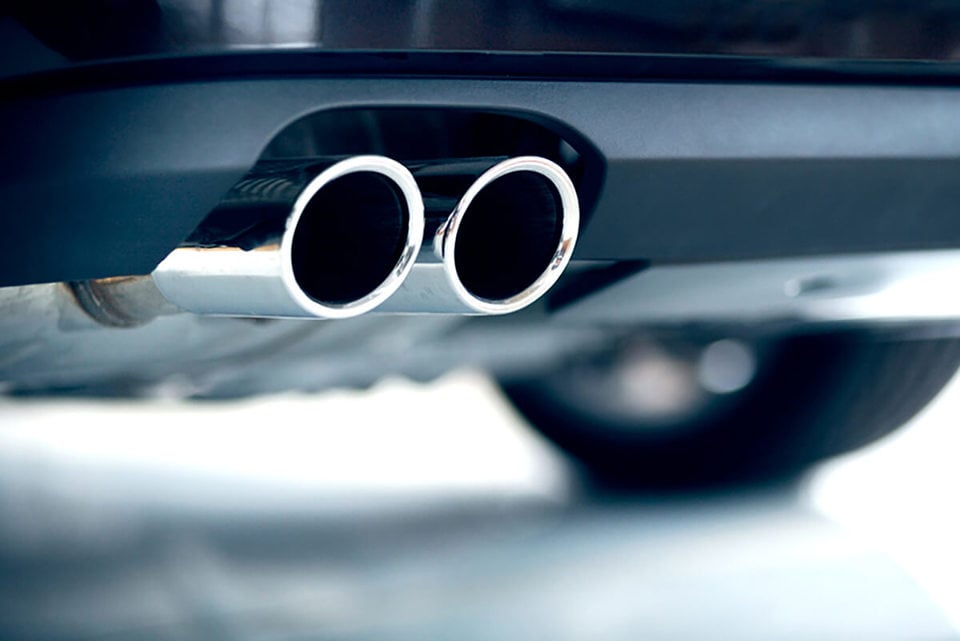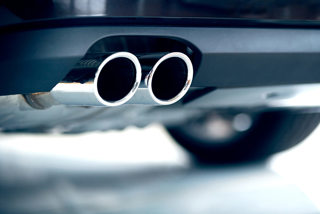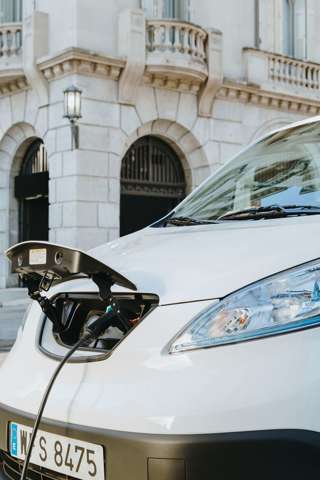Just over a third of company cars are diesel, down from 80% of the fleet in 2017, according to new data published by HMRC.
The proportion of company cars using diesel fell to 35% (245,000) in 2021/22, down from 49% (355,000) in the previous tax year (2020/21).
The number of petrol company cars increased year-on-year, from 315,000 to 345,000 in 2021/22, but it is electric vehicles (EVs) which have benefitted most from the switch away from diesel.
The figures from HMRC show that 17% of company cars – some 125,000 vehicles – were fully electric in 2021/22.
That is more than double the 50,000 electric company cars reported the previous tax year (2020/21), when EVs accounted for 7% of the company car fleet.
 Source:HMRC
Source:HMRC
The increase in electric company cars, which has been driven by low benefit-in-kind (BIK) tax rates, has helped reduce the average CO2 emission rate of company cars to 86g/km – down from 99g/km in 2020/21.
Even after excluding electric cars, the average CO2 emission rate has reduced to 103g/km, confirming a trend towards lower emission fossil fuel cars.
The number of ultra-low emission vehicles (ULEVS), with CO2 emissions no greater than 75g/km (but not zero emission), has also increased steadily in recent years from 5,000 in tax year 2014/15 to 118,000 in 2021/22.
Including fully electric company cars, the number of ULEVs on the company car fleet was 243,000, up from around 137,000 in the previous tax year.
The proportion of company cars with emissions of 115g/km and above has also decreased substantially.
In 2011/12, just 13% of company cars had emissions of less than 115g/km. In 2021/22 this had grown to 65%.
Two decades ago, in 2002/03, more than half (58%) of company cars had reported emissions in excess of 165g/km.
That has now fallen to just 2% of the company car fleet due to fossil fuel cars becoming more efficient and an increasing share of company cars powered exclusively by electricity.
For the latest benefit-in-kind (BIK) statistics from HMRC, click here.
























Login to comment
Comments
No comments have been made yet.